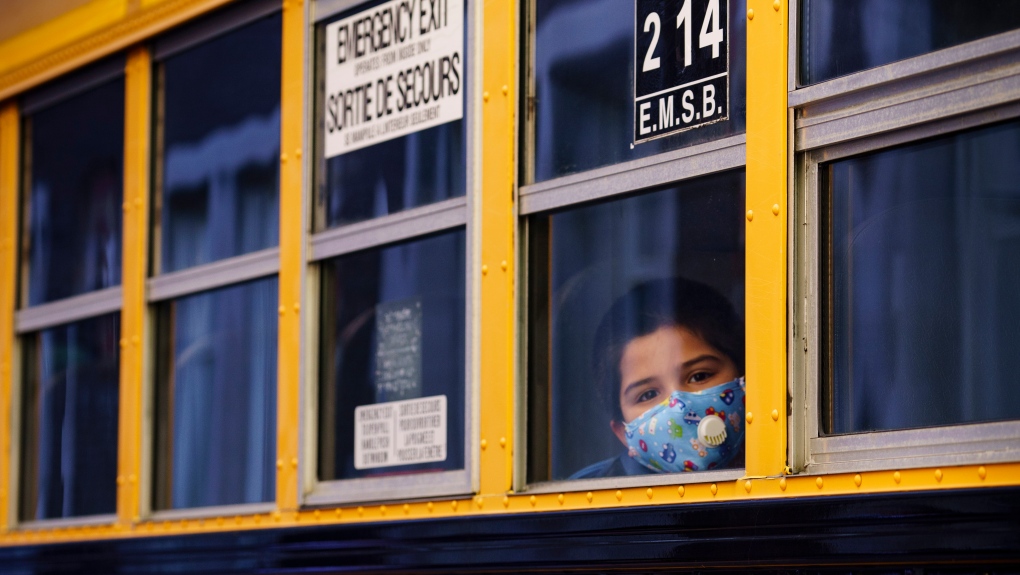School closures may not have been necessary to prevent spread of COVID-19, researchers at McMaster find

An “extensive,” two-year review of COVID-19 in schools and daycares has revealed that these settings were not a significant source of transmission of the virus when infection prevention and control measures were used, researchers at McMaster University have found.
The review was published Thursday in The Lancet Child and Adolescent Health and examined more than 34,000 references, including databases, websites, and studies, related to transmission in child-care settings and schools across the globe.
The results of the review appear to cast doubt on the necessity of the repeated interruptions to in-person learning during the pandemic.
In Ontario, schools were closed for a minimum of 135 days to prevent the spread of COVID-19, with disruptions in three successive school years.
“We found that after that initial shutdown where everything was locked down, schools did not appear to have much impact on community level transmission when infection prevention control measures were in place,” Sarah Neil-Sztramko, an assistant professor at the university and the lead author of the review, said in a written statement.
The review, which was updated 18 times over the past two years, was launched in response to a need for “timely, up-to-date access to scientific evidence to guide decision making,” the authors said.
“The role of schools and daycares in COVID-19 transmission, from a growing number of studies, were reported in several reviews; the overall findings were mixed, and these reviews became quickly outdated as new and often higher-quality evidence emerged,” the authors wrote.
“The purpose of this living rapid review was to continually identify, appraise, and summarise emerging research evidence about the risk of transmission of COVID-19 among children and adults in schools and daycares, the effect of infection prevention and control (IPAC) measures on COVID-19 transmission within schools and daycares, and the effect of opening schools and daycares on community-level transmission.”
The review found that masking, vaccinations and test-to-stay policies were the best methods to reduce COVID-19’s spread in schools and daycares.
The effectiveness of strategies like mandatory quarantining, cohorting, and hybrid learning is uncertain and may have made “little to no difference in transmission,” the authors added.
“It is important to understand which measures mitigate transmission so that schools can remain open as much as possible, given the negative impacts that were found during COVID-19 when they were closed,” Neil-Sztramko said.
Remote learning, the review noted, was associated with increased educational disparities, especially for low-income families and those in remote areas with limited access to technology and resources.
“School closures also reduced opportunities for students to interact with their peers, which has been shown to have an adverse effect on their social and emotional development,” the review read.
“Additionally, the fear, stress, and isolation caused by the pandemic contributed to a substantial increase in loneliness, anxiety, depression, and other mental health problems.”
Decision-makers were faced with a difficult balancing act in their respective communities, the authors added.
“Although the data consistently show that children can both contract and transmit COVID-19, based on published reports to date, following reopening, the risk of widespread transmission from child to child and child to adult is low, particularly when IPAC measures are in place and adhered to,” the review read.
“This trend appears to be consistent in the data collected with early variants of concern. Even when absolute case numbers were high, most infections originated from outside of school.”
The researchers said the review provides a “strong and factual foundation” on how to handle significant outbreaks of other variants or infectious diseases in the future.
“If there were to be another wave where community transmission was increasing and straining the health-care system, strategies such as masking, vaccination, and test-to-stay interventions are effective in fighting transmission, allowing schools to stay open,” Neil-Sztramko said.
View original article here Source









